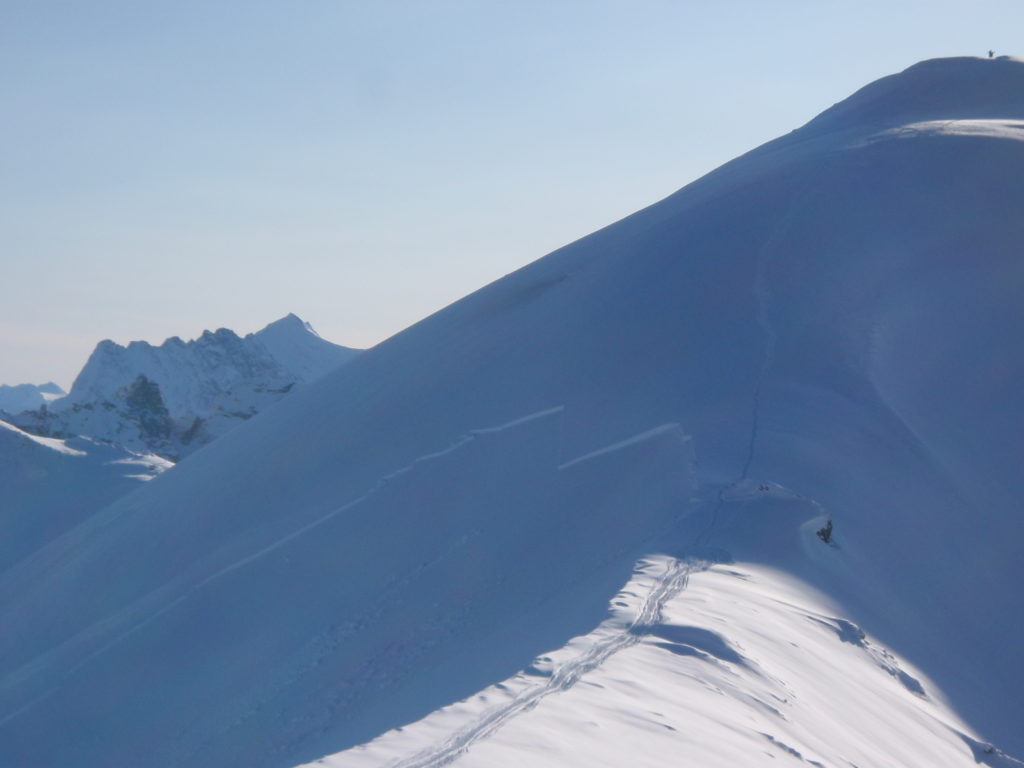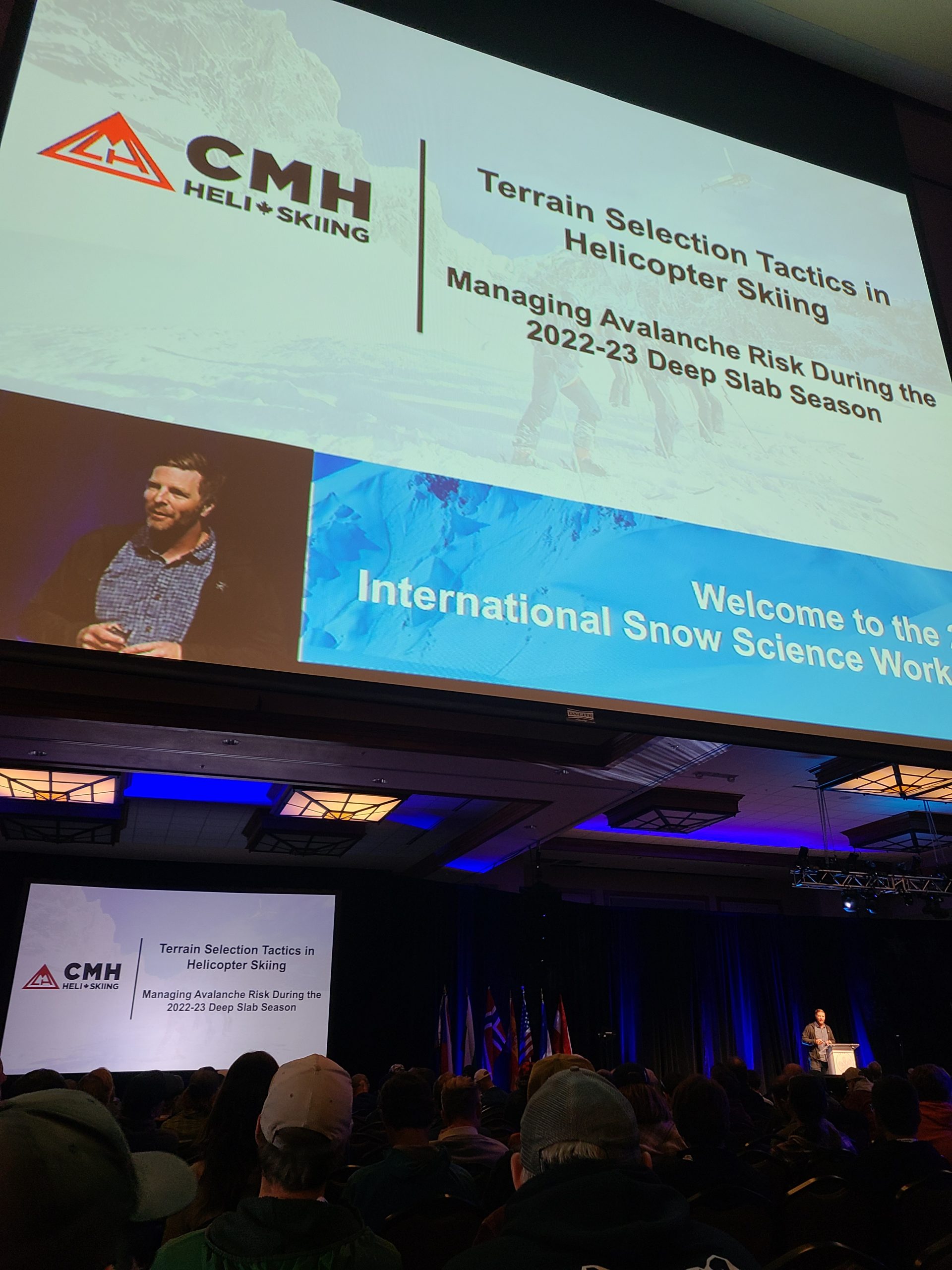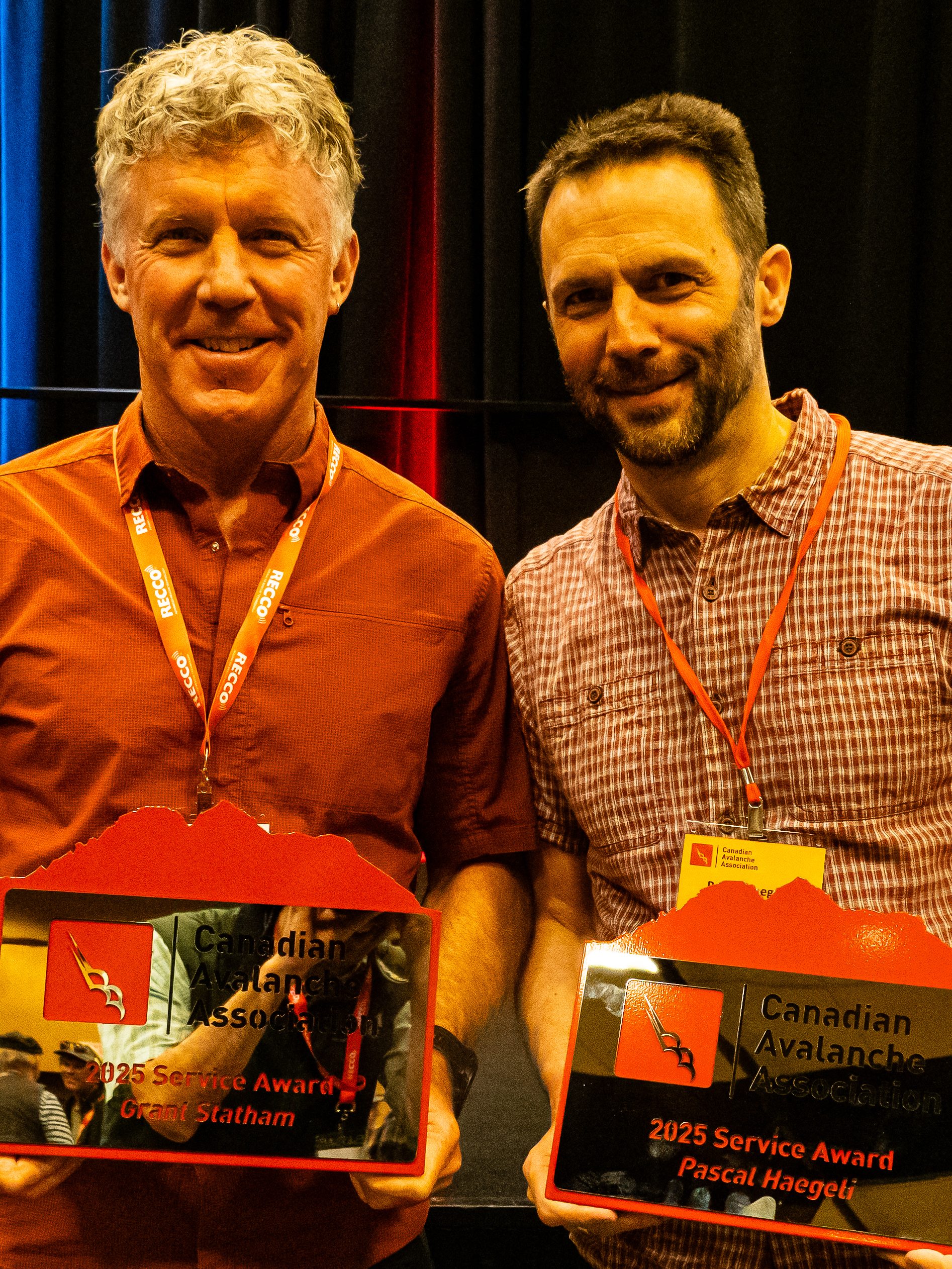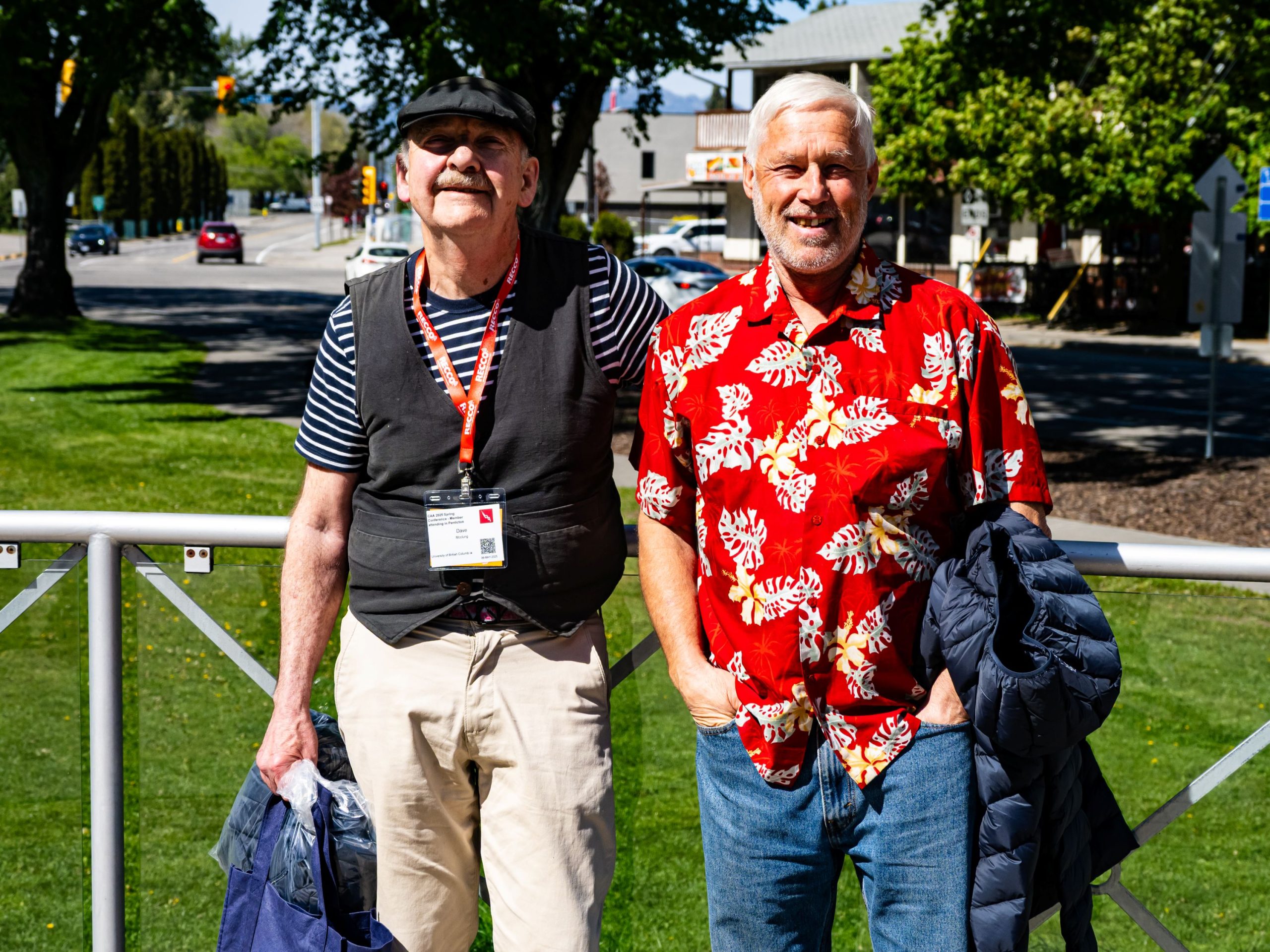By Jason Smith
We like our music here at Toby Creek Adventures (TCA), and there’s no shortage of musical references to Paradise—the incredible alpine basin at the heart of our operations. Pick your song: Rockin’ the…, Welcome to…, Just Like…, Another Day in…, Gangsta’s…, Two Tickets to…, or, our favourite, Cheeseburger in… It seems like just about everyone wants to be here, or at least write a song about the place.
Based just north of Panorama Mountain Resort, B.C., TCA has been running snowmobile tours in the Purcell Mountains since 1996. While we have a vast tenure and load sleds onto trucks and trailers to chase powder with clients in a number of publicly accessible snowmobile play areas, the heart of our operations lies on our own private property located just above our headquarters. A large majority of our guests leave right from our base of operations and head up into the alpine to Paradise Basin
Why not? It’s sled-in, sled-out, we have full control over trails that are groomed meticulously daily, and it features almost 1,000 hectares (570 ha are private) of all the terrain, from beginner to advanced, that most riders could ask for. The snowmobile trail gets up to a tight bowl below Paradise Cabin at the sight of the historic Paradise Mine, which was a productive silver, lead/galena extraction operation until the late 1960s. It has become a perfect little playground for sledding (the skiing sucks here, so we don’t talk much about it). It is also one of the only sledding areas with an active avalanche control program using explosives.

Early Days
It was obvious early on, when initial tours were run up the adjacent Hopeful Creek drainage with the support of Panorama, that to consistently get our guests to where we wanted to get to, we’d need to develop some sort of avalanche control program. This was first done by bootpacking trails with snowshoes, skiing, lots of shoveling, and pushing tons of snow by snowcat—the company’s fearless founder Scott Barsby at the helm. Some avalanche techs from the Panorama ski patrol were brought on board to help with the program, notable mentors being Jesse Percival and Paul Fossberg.
After moving the operation to its current location in 1997, the avalanche control program began to progressively develop. Licensing and regulatory requirements were met, a site was mapped out, and two small permanent magazines were set up where we stored products typically used for explosives avalanche control—12.5kg bags of ANFO, one-kilogram emulsions, and safety fuse assemblies initiated with pull-wire igniters. There was enough to get us through a forecasted half-dozen or so missions per season, with up to a dozen shot placements considered per mission. Our budget did not rival that of the Ministry of Transportation or even that of neighbouring Panorama.
Outside of explosives control, avalanche hazard was (and still is) mitigated by road closures, terrain management, sled compaction, and occasional sled cutting. There were a couple of notable avalanche paths that affected the trail: the first on a switchback section halfway up (eventually named Dusty’s) and another with a start zone up higher called Roy’s Run, that would run out over the road. Bypass roads were constructed to avoid these sections of trail so we could get to the cabin during high avalanche conditions or if we were not able to control start zones for whatever variety of reasons.
Most of the explosives control work in the earlier days was done by hand-thrown or hand-placed charges from skis. Our uptrack routes got a control team to ridgetop start zones or numbered signs strategically placed on trees marking traditional shot placements. A typical control route was a full-day mission on skis. Sections of trail could be closed for a couple weeks until they could be cleared and opened. I can remember the sound of naturally occurring avalanches stopping us dead while skinning up a track in a storm, halfway to our destination, only to realize that the bombs we were carrying on our backs had just become pointless. “Guess we’re skiing home?”
With advancements in technology, most of these routes can now be accessed by snowmobile, depending on conditions and the ability of the rider. Many stories might be told of those early missions, more appropriately over a pint. For this article, suffice it to say that numerous tobogganing saucers and crazy carpets on the end of rope were disposed of. After all, every avalanche path with a name generally comes with a story behind it. They’re kind of like songs that way.
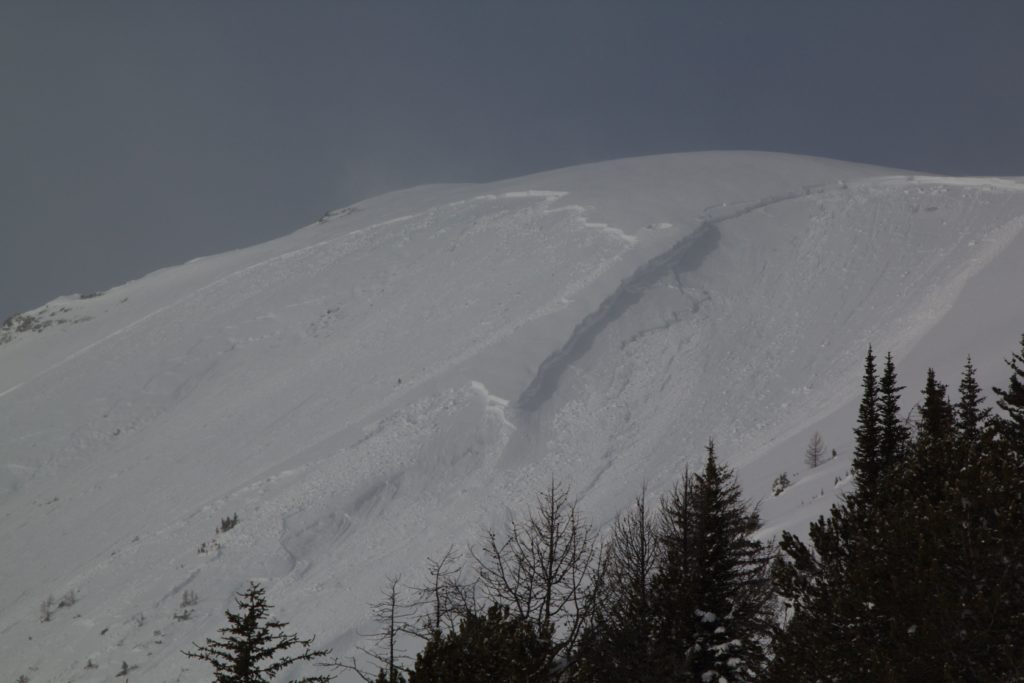
Controlling Paradise
Paradise Basin was, and still is, where the numbers are, or, for this concept, where most of our exposure is. For this reason, our explosives control program has been almost exclusively kept to this area. In previous years, we did some control work in different areas of the tenure for special projects—the testing of beta versions of avalanche airbags with dummies on longlines under helicopters comes to mind—but most work has been done at Paradise. We conduct avalanche control exclusively for the safety of our guided tours, not for other user groups. The fact our Paradise tours operate mostly on private property makes it easier for us to control access, which makes it a lot safer to do avalanche control. Gates are closed, signs put up, guards with radios are set, and access to the area can be completely blocked while explosives control takes place. This isn’t something that can be done easily at a public snowmobile area.
These days most of our explosive control is done by hand, case charging, or heli-bombing, which gives us the added safety feature of flying over the entire area to make sure it’s clear. We, of course, still use terrain management and closures throughout our tenure to avoid or reduce our exposure to avalanche hazard, but we only mark these closures for the tours in Paradise Basin. Instead of run lists, for example, we use a colour-coded system with bamboo markers in the field to define red, orange, yellow, or green play areas in the basin for our guests. These zones are established in the morning guides meeting and represent the area guests can access—red areas are smaller than green areas.
Incidents, accidents, near-misses, and case studies tend to change things. We’ve had our share. An incident on March 17, 2012, made us rethink how we approached our avalanche hazard. A busy Saturday on a bluebird spring day brought a group of snowmobilers from Saskatchewan out to Paradise. Back then we offered unguided public access, though we required all guests to carry avalanche safety gear. This group had or were rented the gear but had no avalanche education. After paying a trail fee, they headed up and got into a closed (obvious to us, not to them) section and triggered the start zone of Roy’s Run. It slowly but destructively ran, threading the needle between multiple tours as they travelled down the mountain in the afternoon. The flow crossed the trail in sections, which stranded a couple groups above the debris. Miraculously, no one was hurt, and the slide stopped in a pile eight metres deep among mature timber.
I remember standing wide-eyed in the icy half pipe of debris with the owner at the time, trying to decide how to prevent anything like this from happening again. We considered purchasing an Avalauncher, but instead a bypass road was put in. It was decided the most cost-effective way to move forward was with more heli-bombing missions when it made sense.
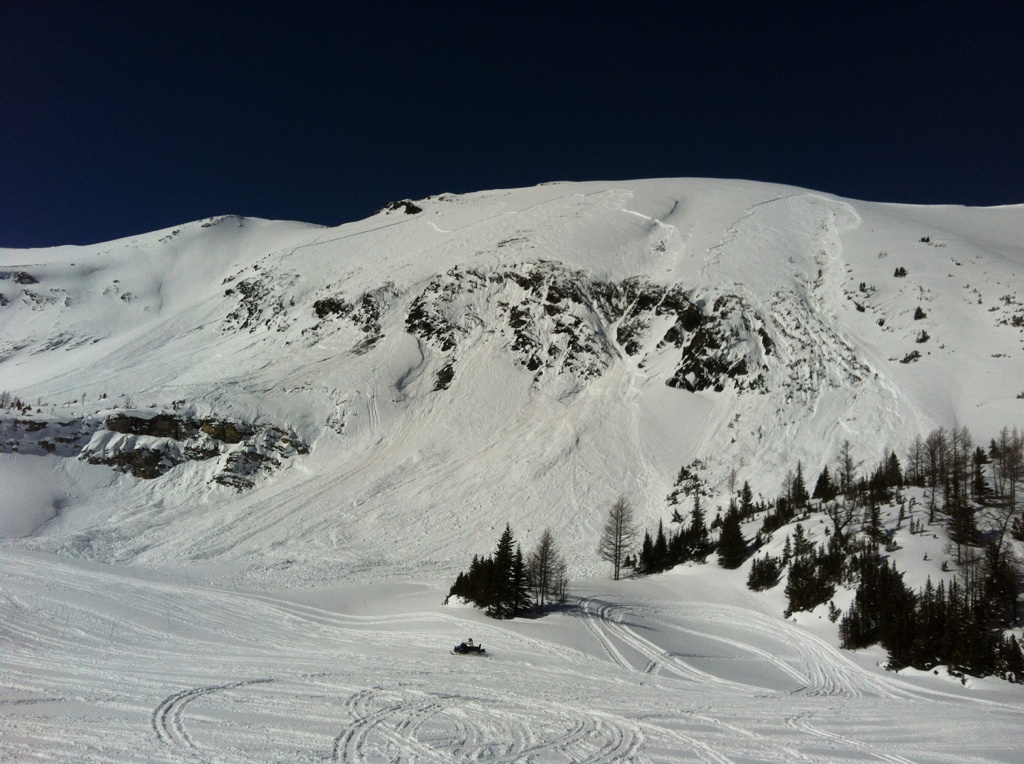
In 2021, we stopped offering unguided access to Paradise Basin. With tours becoming busier, an increase in recreational users, operational constraints (grooming, trail building, logging, roadwork, etc…) and a new insurance company, we now only offer guided tours to Paradise.
After the industry moved to daily digital tracking of explosives magazines and storage, we decommissioned the permanent magazines and switched to renting a Type 9 wheeled magazine that would be on site from November to April. We work together with, RK Heli-ski to share the cost of storage and control under a shared licence. Together with Panorama, our three neighbouring operations manage to get explosives into the area as one of the tools used to make it safe for our guests to play in the mountains locally, whether it be on skis, by helicopter, or on snowmobiles.
A few TCA clients have timed their tour with us well enough to be at Paradise Cabin during some avalanche control, and at no extra charge (very punny). The deck at the cabin is not a bad venue for a good show and I’ve always thought the acoustics in the basin would be perfect to host an outdoor concert. The closest we’ve come to a rock star was when Kim Mitchell played Paradise Skies years ago across the road in the TBar at Panorama.
We’re currently working on logistics for here though, reaching out to Green Day, David Lee Roth, Coolio, and Jimmy Buffet for Lollapalooza in Paradise. We missed our chance at Eddie Money, but we’ve got a real shot at Axl Rose coming up to sing Paradise City. I can’t wait to see him rip around on an 850 Turbo! We’ll try to time it for when it’s ripe for a mission. Coupled with heli-fireworks, it could make for some big results to share on the InfoEx.
Everyone will be invited. See you in Paradise.
